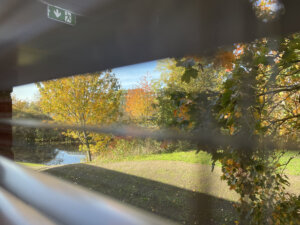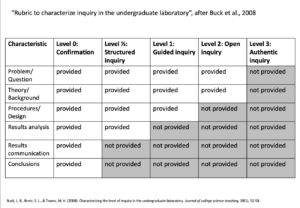
Structuring local, inquiry-based field work (Praskievicz, 2022)
I am catching up on my reading for the iEarth Journal Club! This month is very much in line with what my recent thinking on place-based learning, active lunch breaks to…

